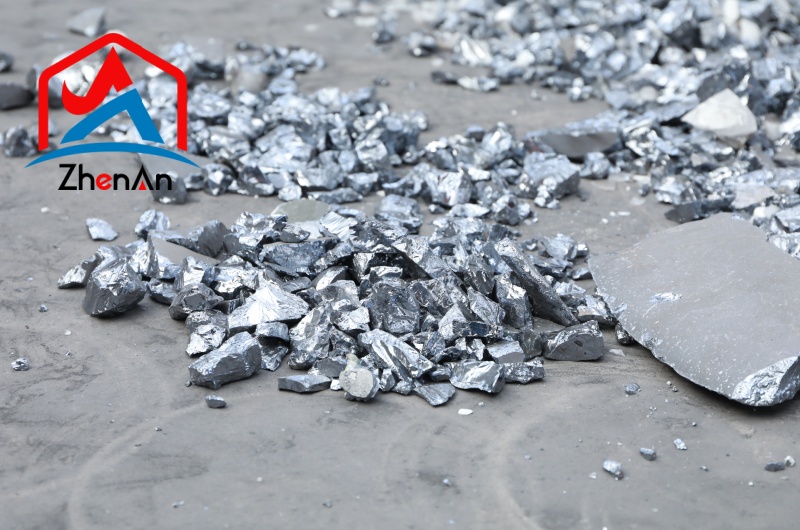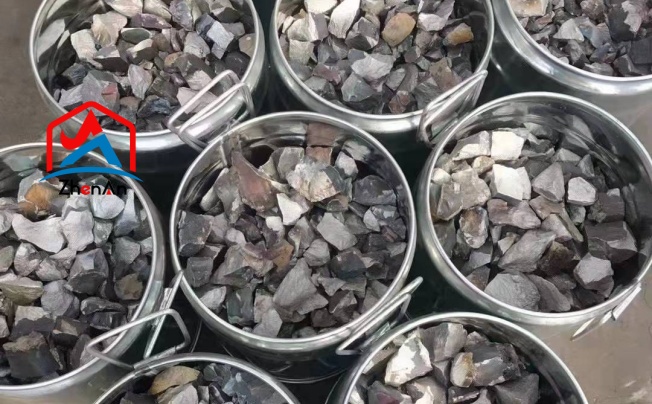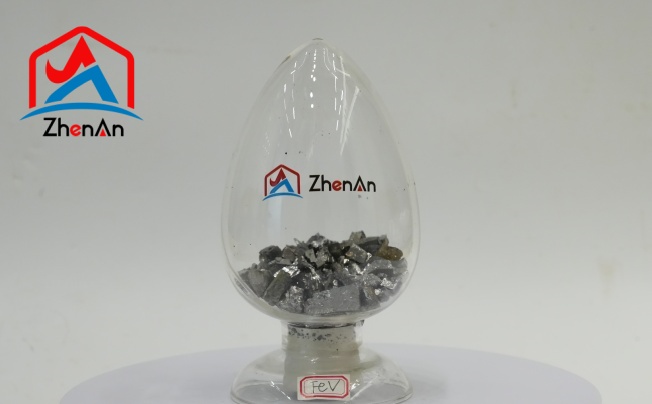BY  GENN
GENN
2024/08
Blog
What Is The Rarest Usable Metal In The World?
With an average annual production of just a few hundred kilograms, rhodium’s rarity is amplified by its critical applications in catalytic converters, which help reduce automobile emissions. Its value skyrockets not merely due to its limited supply but also because of its indispensable role in environmental technology.
Understanding Metal Rarity
While not as widely used as rhodium, osmium’s rarity stems from its limited production and its highly specialized applications in areas such as high-precision engineering and electronics.
The metal’s dense nature and high melting point make it invaluable in these fields, despite its minimal annual output. Iridium also merits attention.
Though slightly more abundant than rhodium and osmium, its rarity is significant due to its use in critical applications like spark plugs and high-performance electronics. The metal’s resistance to corrosion and high temperatures makes it indispensable in certain high-tech fields, thereby contributing to its elevated status among rare metals.
Applications and Impacts
Delving into the applications of these rare metals reveals their profound impact across various industries. Rhodium’s primary role in catalytic converters demonstrates its crucial contribution to environmental sustainability.
By aiding in the conversion of harmful gases into less harmful emissions, rhodium plays a vital role in reducing the environmental footprint of modern vehicles. This application underscores not only the metal’s rarity but also its significance in the pursuit of greener technology.
Osmium, though less prominent in everyday applications, finds its niche in the precision engineering and electronics sectors. Its exceptional density and durability make it an ideal material for components that require high stability and resistance to wear.
This makes osmium indispensable in specific high-tech applications, even if its usage is less widespread compared to more common metals. Iridium’s applications extend to fields such as aerospace and medical technology, where its corrosion resistance and high melting point are invaluable.
For instance, in aerospace engineering, iridium is used in high-performance components that must withstand extreme conditions. In medical technology, its properties are leveraged in certain diagnostic tools and treatments, demonstrating the metal’s versatility and importance despite its rarity.
Biological Role of Silicon Essential Trace Element?
Debates persist regarding the essentiality of silicon for human health. Unlike essential minerals like calcium or iron, silicon’s status as a necessary trace element remains controversial. Studies suggest silicon’s potential role in aiding bone formation and connective tissue health, prompting comparisons with other trace elements such as zinc and copper. Natural Sources of Silicon
Silicon enters the human diet primarily through natural sources. Whole grains, fruits like bananas and avocados, and vegetables such as green beans and spinach provide dietary silicon. Additionally, silicon supplements and fortified foods offer alternative sources, catering to individuals with specific health concerns or dietary restrictions.
Effects of Silicon on the Human BodySkeletal Health
Silicon influences collagen synthesis, crucial for bone strength and flexibility. Research indicates silicon‘s potential in preventing osteoporosis by enhancing bone mineral density and structure, offering a promising avenue for age-related bone health management. Connective Tissue Support
In the skin, silicon contributes to elasticity and hydration. Understanding the mechanisms behind silicon’s role in skin aging provides insights into potential applications for wound healing and cosmetic dermatology.
Cardiovascular Health
Silicon shows promise in reducing arterial stiffness, a critical marker of cardiovascular health. Exploratory studies suggest silicon’s role in preventing cardiovascular diseases, highlighting its potential as a therapeutic adjunct in managing heart health.
Immune Function
Emerging research points to silicon’s interaction with immune cells, hinting at possible anti-inflammatory properties. Studies on silicon during infections suggest nuanced roles in immune modulation, warranting further investigation into therapeutic applications.
A World of Silicate Wonders
Silicon, the second most abundant element in the Earth’s crust after oxygen, is a fundamental player in both geological formations and biological systems. Known for its versatility and robustness, silicon forms intricate bonds with oxygen to create silicates, compounds that shape everything from sand to precious gemstones. However, beyond its geological prowess, silicon exerts a profound influence on the intricate machinery of the human body.
The Unsung Hero in Human Physiology
In human biology, silicon is not typically heralded with the same fanfare as essential minerals like calcium or iron. Nevertheless, its role is indispensable.
Silicon is intricately woven into the fabric of our connective tissues, serving as a stabilizing force that maintains structural integrity. From the suppleness of our skin to the resilience of our bones, silicon quietly supports essential functions that contribute to our overall health and vitality.
The Crucial Nexus of Silicon
Silicon’s significance extends beyond mere structural support; it actively participates in biochemical processes critical to human well-being. Facilitating the formation of collagen—a protein essential for skin elasticity and joint flexibility—silicon ensures that these vital tissues remain robust and adaptable.
Furthermore, silicon’s involvement in bone metabolism underscores its pivotal role in maintaining skeletal health and density, thereby guarding against conditions like osteoporosis. As such, understanding the nuanced impact of silicon on the human body illuminates pathways to enhanced health and longevity.












